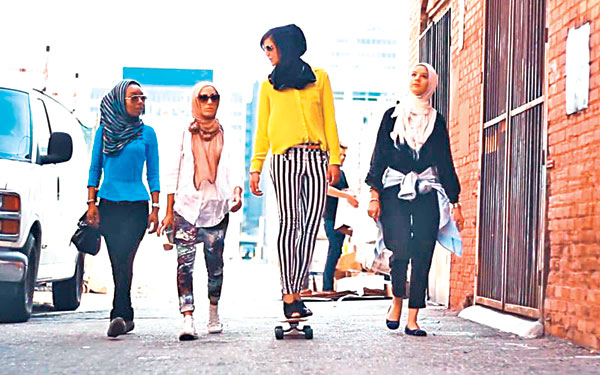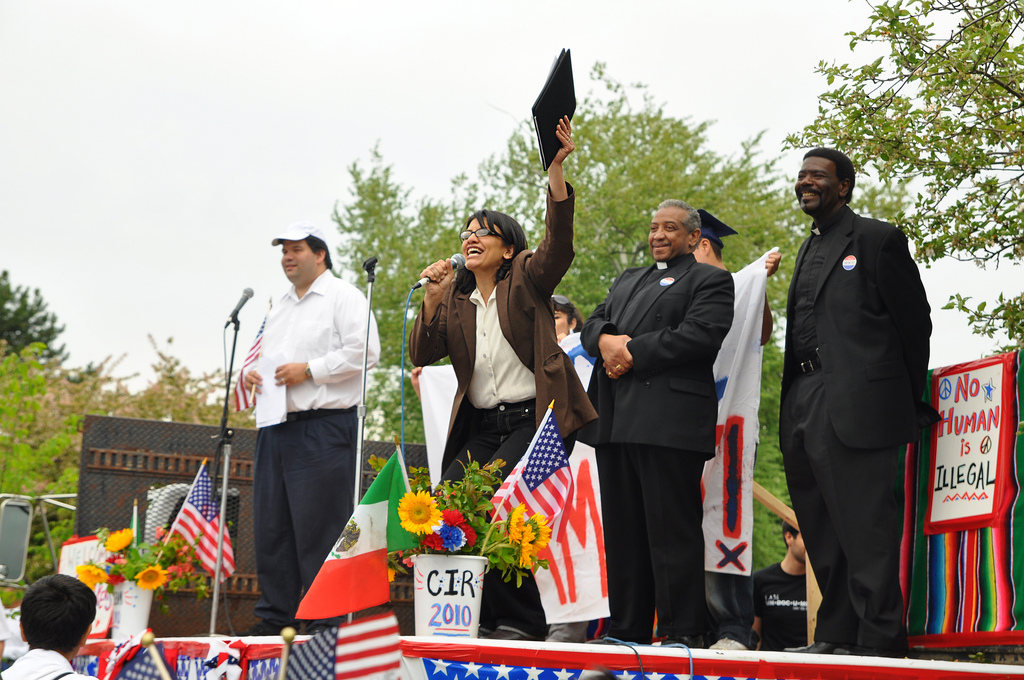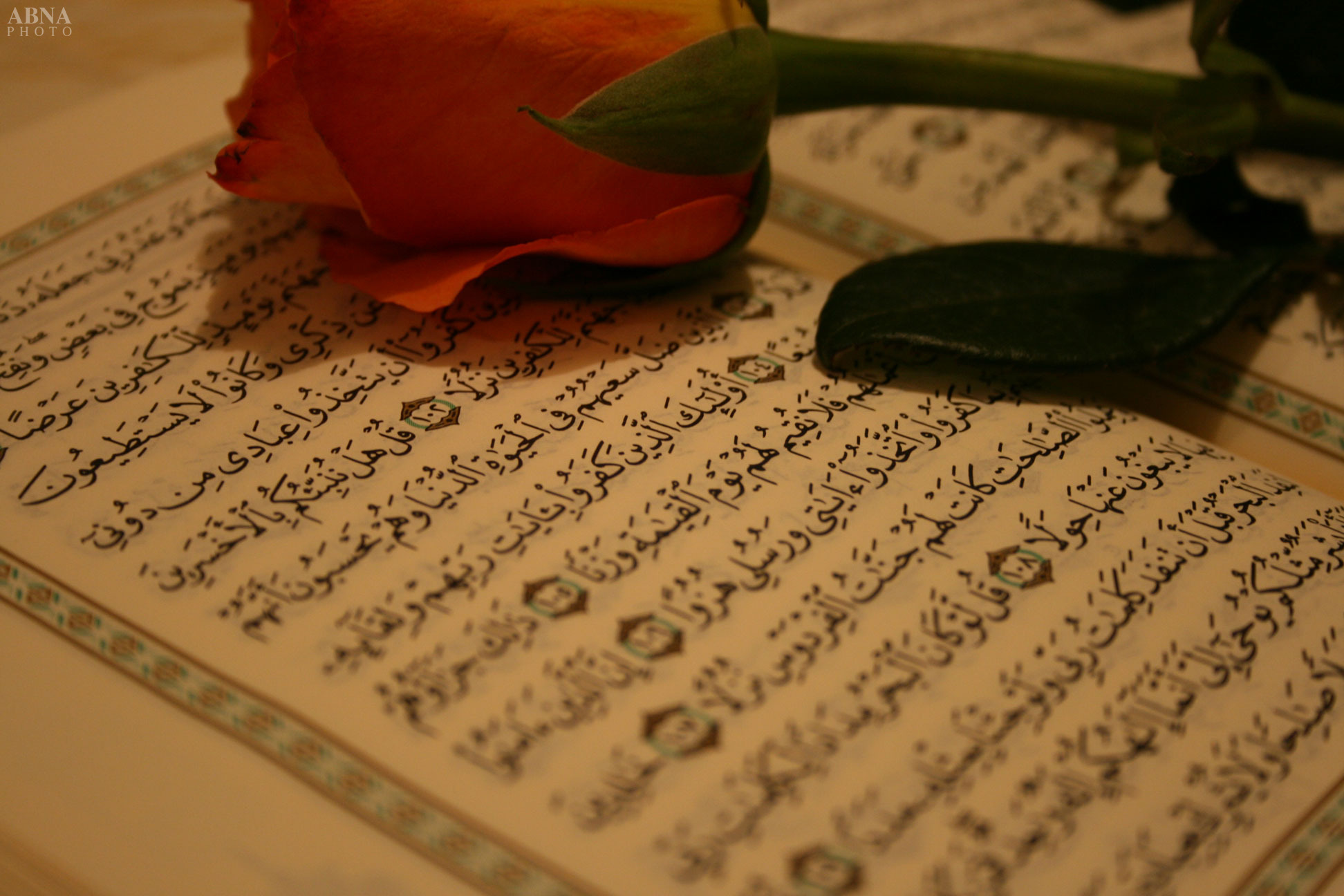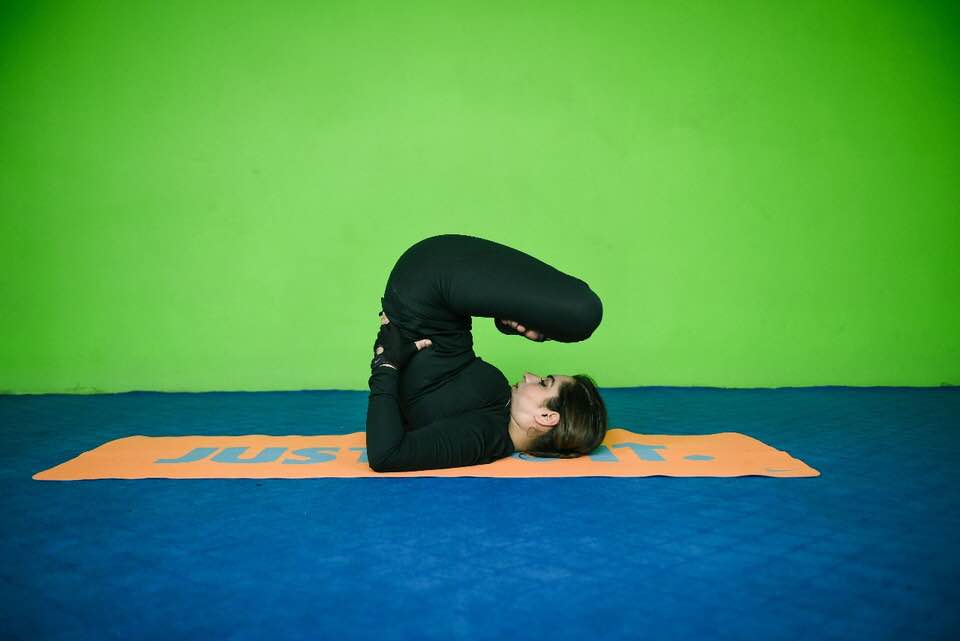While I was, literally, sleeping, this video came out a couple of weeks ago. I watched it quickly and loved the diversity and strength of women that it represented.
I was excited to see American sabre fencer and member of the United States fencing team, Ibtihaj Muhammad and the Muslim aspiring TV anchor Noor, I had seen on my Twitter, among many other young, confident Muslim women. The video was so different than the norm. I am so used to seeing Muslim women in niqab or hijab, with tears, implying oppression and misogyny—Muslim women being abused and then saved by the West and/or men.
My first impression was, “Yay, this is cool. I wish I was 10 years younger. I wonder if I would be a Mipster?” I posted the video on my Facebook wall and Twitter without thinking twice about it. I fell asleep, again, and woke up to my Twitter and Facebook pages full of feedback, both positive and negative.
Without reading the comments, because I did not want to be influenced in any way, I went back and watched the full video this time noticed a few things that bothered me:
First and foremost, the n-word in the song was so unnecessary. To give voice to one marginalized community by perpetuating the use of a horrid word like n is a step backwards and not forwards in the big picture.
Moving on, I noticed that the makers of the film were men, which explains the heels on the skateboard. The need to sexualize skateboarding by adding heels was too obvious; I can’t believe I missed it the first time. While the women are fully clothed, it is hard not to notice the objectification of women. No woman, or man, for that matter would wear heels to skateboard unless it was some elaborate dare. Heels on a skateboard may be sexy, but broken bones are not. We have enough men telling our stories, we need women to step up and write the script. Let’s tell our own stories.
The film implies that there is only one other type of Muslim woman, when there are so many different types of Muslim women in America and not all of them are 20-something fashonista hijabis. As Sana Saeed mentions in her article, “If anything, by stretching, its apparent purpose is to highlight the diversity of Muslim American women, as several comments under the video noted, as ’normal’ and ‘fun’. One of the women in the video even mentioned that it was created to fight against ‘stereotypes’ by expanding the types of Muslim women we are shown and fuse the American with the idea of ‘The Other’. The purpose, she and some other argued, was to show the ‘Muslim rejects’.” (By the way, read her piece “Somewhere in America, Muslim Women Are `Cool'” for an in-depth analysis of the video.)
I still appreciate the women in the film and the general message that Muslim women come in many different and surprising forms; this message is vital for people who previously had one image of a Muslim woman (most likely the stereotypical oppressed one) burned into their heads because this video will definitely make them think twice.
All I know is I want to see a response video made by women. I know it will kick ass and the message will be “I cannot tell you the full story in a two to three minute video but here is a glimpse of reality for some Muslim women—women as doctors, writers, artists, engineers, politicians, lawyers, singers, old, young, rich, poor, big, small and hey a couple of Mipsters, as well, and this time, maybe we can be realistic and have them wear sneakers while boarding.”
Photo Credit: Habib Yazdi
Sabina Khan-Ibarra is a freelance writer and editor. She regularly contributes to her blog, Ibrahim’s Tree which she created after the loss of her infant son in 2011. She created Muslimah Montage as a platform for women to share their stories and inspire others. Sabina is also the editor of Hijabulous: Seeing the Veil through the Eyes of American Muslim Women.





